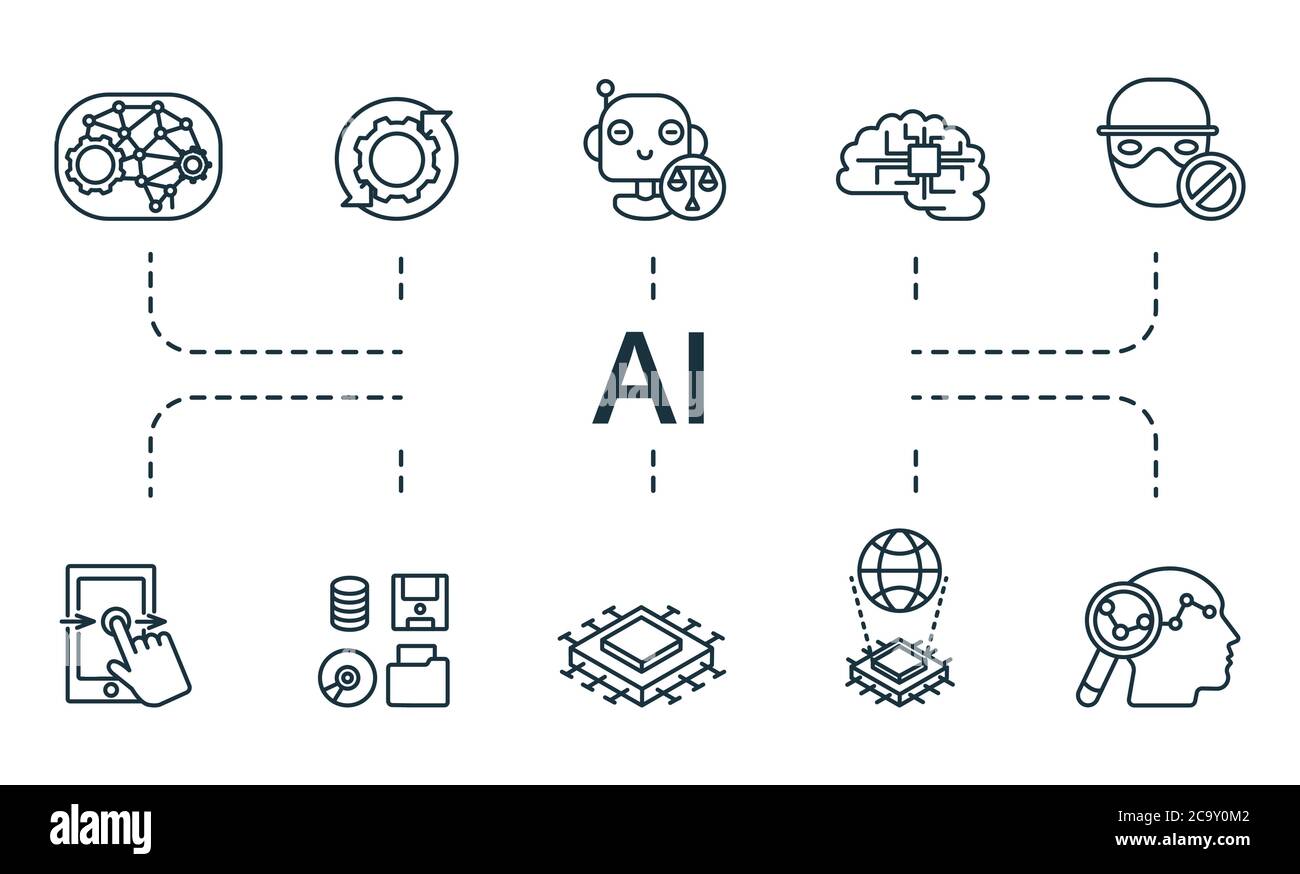Reverse Engineering Ethics

Reverse engineering, the process of deconstructing and analyzing an existing product or system to understand how it works, raises ethical concerns. These ethical considerations primarily revolve around intellectual property (IP), privacy, and safety.

Intellectual Property (IP) Concerns:
Reverse engineering IP-protected products, such as software or electronic devices, may violate copyright and patent laws. Unauthorised reproduction, distribution, or modification of protected IP can lead to infringement claims. However, reverse engineering may be permissible in some cases, such as troubleshooting, interoperability, or improving upon existing products.
Privacy Concerns:
Reverse engineering can involve examining sensitive user data or hardware. It is unethical to extract and misuse personal information without obtaining proper consent or breaching privacy regulations. Additionally, reverse engineering devices connected to sensitive data systems, such as medical devices or security systems, can pose privacy and security risks.
Safety Concerns:
Reverse engineering safety-critical systems, such as medical equipment or aircraft controls, can be dangerous if not done properly. Modifying or replacing components based on incomplete or inaccurate reverse engineering analysis can compromise the safety of the system and its users. It is crucial to prioritize safety and engage qualified professionals for reverse engineering critical systems.
Ethical Considerations for Reverse Engineering:

- Respect Intellectual Property: Obtain permission or evaluate fair use exemptions before reverse engineering protected products.
- Protect Privacy: Avoid extracting or misusing user data without consent.
- Ensure Safety: Conduct reverse engineering on non-critical systems or enlist professionals for safety-critical systems.
- Avoid Malicious Intent: Do not use reverse engineering for illegal or harmful purposes, such as piracy or hacking.
- Document and Disclose: Clearly indicate the source of reverse-engineered information and acknowledge any IP holders involved.
Adhering to these ethical principles promotes responsible and ethical reverse engineering practices, preserving intellectual property rights, protecting privacy, ensuring safety, and upholding integrity in the process.## Reverse Engineering Ethics
Executive Summary
Reverse engineering is the process of dissecting a product and understanding how it works to create a similar product. In some cases, reverse engineering can be unethical if it infringes on intellectual property rights or leads to the creation of counterfeit products. However, in some cases, reverse engineering can be ethical and even beneficial, such as for repair purposes or academic research. Understanding the ethical considerations of reverse engineering is crucial to ensure that this practice is carried out responsibly.
Introduction
Reverse engineering, the process of examining an existing product or system to understand its design and functionality, has become increasingly common in the world of technology. While this practice can provide valuable insights for innovation and learning, it also raises ethical questions regarding intellectual property rights, product safety, and consumer protection.
FAQs
Q1: When is reverse engineering considered ethical?
A1: Reverse engineering can be ethical when the creator has waived intellectual property rights, an open-source license is applicable, or the practice is conducted for research or educational purposes.
Q2: What are the legal implications of reverse engineering?
A2: Reverse engineering may be protected under fair use laws or under a defense of “independent creation.” However, it is essential to consult legal counsel to avoid infringing on intellectual property rights.
Q3: What are the ethical considerations for reverse engineering software?
A3: Reverse engineering software involves analyzing software code and understanding its functionality. Ethical considerations include respect for intellectual property rights, avoiding the creation of pirated software, and adhering to software licensing agreements.
Top 5 Subtopics
1. Intellectual Property Rights (IPR)
- Understanding copyright, patents, and trademarks
- Analyzing reverse engineering’s impact on IPR
- Determining cases of fair use and independent creation
2. Product Safety
- Assessing reverse engineering’s effects on product safety
- Evaluating quality and durability of reverse-engineered products
- Considering liability issues and consumer protection measures
3. Innovation and Competition
- Examining the role of reverse engineering in fostering innovation
- Analyzing its impact on competition and the market
- Evaluating potential benefits and drawbacks for creativity
4. Privacy and Security
- Assessing privacy and security implications of reverse engineering
- Protecting sensitive data and personal information
- Mitigating potential security breaches
5. Educational and Research Purposes
- Exploring reverse engineering’s value in education and research
- Understanding its significance in scientific discovery
- Emphasizing ethical principles in academic and scientific use
Conclusion
Reverse engineering offers both opportunities and challenges in the world of technology. By understanding the ethical considerations and legal implications involved, individuals and organizations can engage in this practice while respecting intellectual property rights, safeguarding product safety, and promoting innovation. Striking a balance between ingenuity and ethics is crucial to ensure that reverse engineering is practiced responsibly and ethically, ultimately contributing to advancements while preserving creativity and intellectual property.
Relevant Keyword Tags
- Reverse Engineering
- Ethics
- Intellectual Property Rights
- Product Safety
- Innovation
